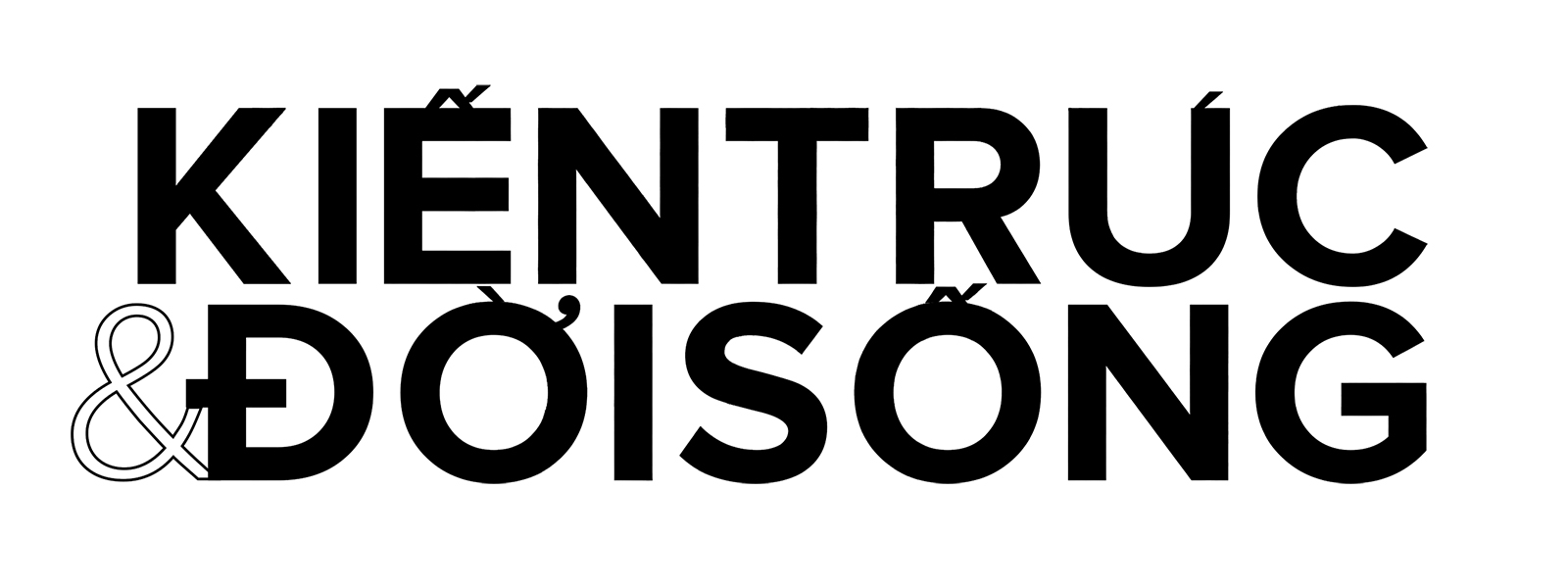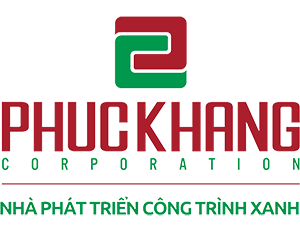Savills Vietnam has just launched its property price index, a tool designed to track quarterly price movement of different property markets.
Truong An Duong, head of research department of Savills Vietnam, said that in the first stage, the index would be used for Ho Chi Minh City residential and office-for-lease market with quarterly updates. In the near future, Duong said,. the index would be expanded to other segments and also other areas, and might updated on a monthly or even a weekly basis.
 For the residential sector, the index is determined based on a sample of more than primary and secondary 200 projects. For offices, the basket this third quarter is comprised of 196 projects.
For the residential sector, the index is determined based on a sample of more than primary and secondary 200 projects. For offices, the basket this third quarter is comprised of 196 projects.
In calculating the index, Savills has applied the constant-dynamic basket. The constant basket is maintained as price comparison between quarters; however new projects are included in the basket to ensure in-time reflection of the market dynamic.
The base period of the SPPI is set at Q1/ 2009. Savills assesses two separate indices: QoQ (quarter-on-quarter) index and QoB (quarter-on-base) index. By calculating and benchmarking the two indices against each other as well as other indicators, analysts can have an in-depth understanding of market variables and their impact on price movement.
The QoQ index is based on the aforementioned constant-dynamic basket and is able to measure price changes on the continuous growth of the market above the base, such as the entrance of new projects.
The QoB index is a more static measurement and is calculated from the fixed basket of the base quarter: it measures price changes of one specific quarter compared to the base quarter. The QoB index minimises the impact of market dynamics on price trend.
Savills has applied a “liquidity ratio” to adjust the asking price to transacted price discount. This ratio is sensitive to market conditions and therefore, can itself be a useful parameter in evaluating market performance.
Providing a property price index is very useful as it will offer market participants a quantitative way to determine market trends, helps to increase market transparency and provides more decision-making tools.
Before Savills, Vietnamese Ministry of Construction and some other organizations and enterprises tried to form a property price index but there is no one at this time said that he succeeded. The reason is the ambiguity of the property market.
“It is easy to know the offering price of property projects in primary market, but finding the exact prices of sold units in the real life is not simple,” said Nguyen Tran Nam, vice minister of construction.
Nam explained that the database of successful transactions can only get from the General Department of Taxation. However, many sellers and home-buyers would like to evade taxes, so they set fake prices on the purchasing house agreements.
“It is very difficult to build a property price index in a non-transparent market like Vietnam,” said Nam.
However, Duong said his firm could access truthful sources and give an index that reflects the prices in real life.
Thanh Thuy
- Frozen real estate market needs comprehensive solutions
- CBRE Vietnam has new director
- City takes creative property solution
- Foreign contractors under the microscope
- Da Phuoc to not take shot at golf course
- Ascott expands in Vietnam with new properties in Ho Chi Minh City
- Cat Ba Amatina takes shape
- Prices are slashed to offload apartments
- Office market shows new life
- Realty insiders look to boost liquidity

























